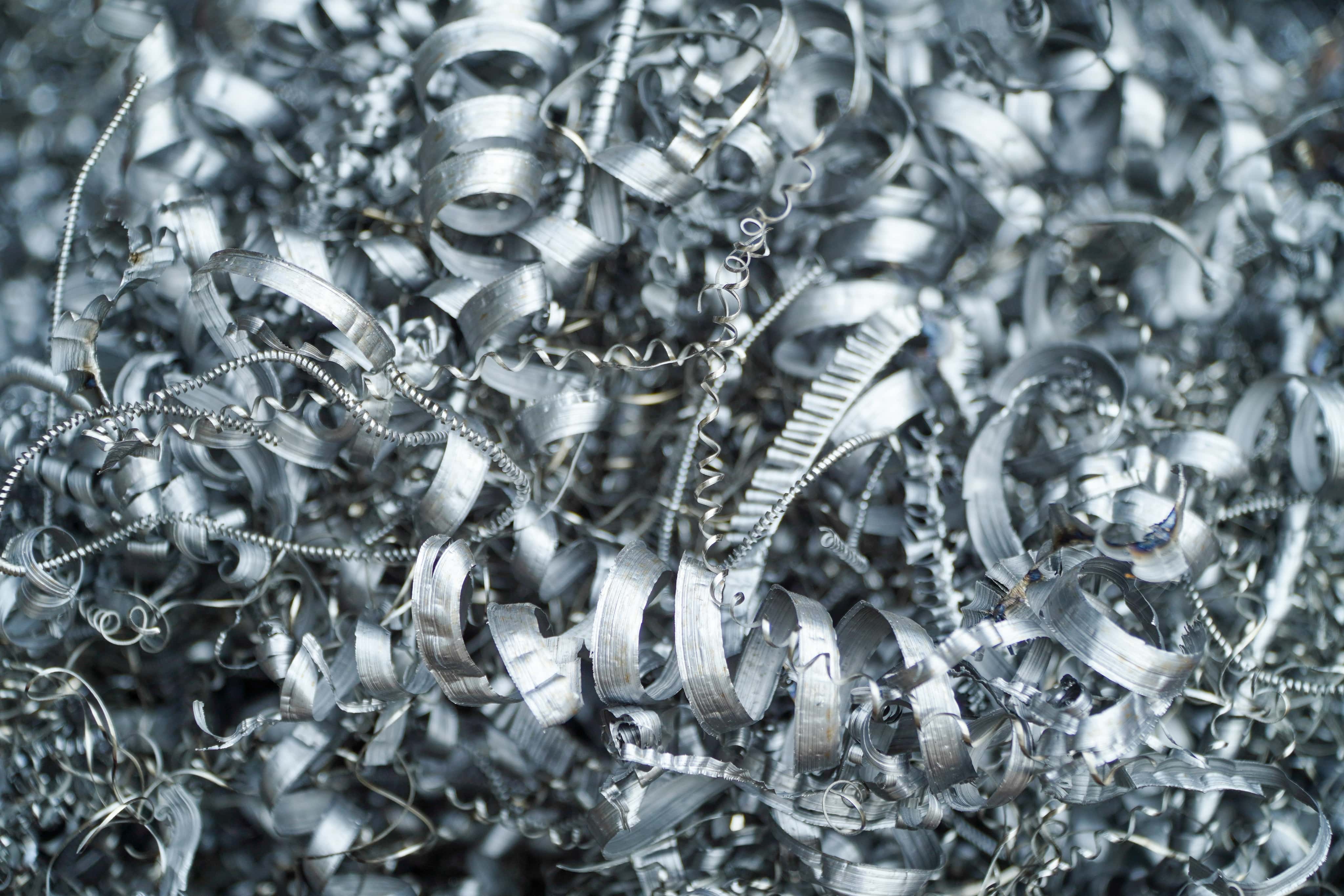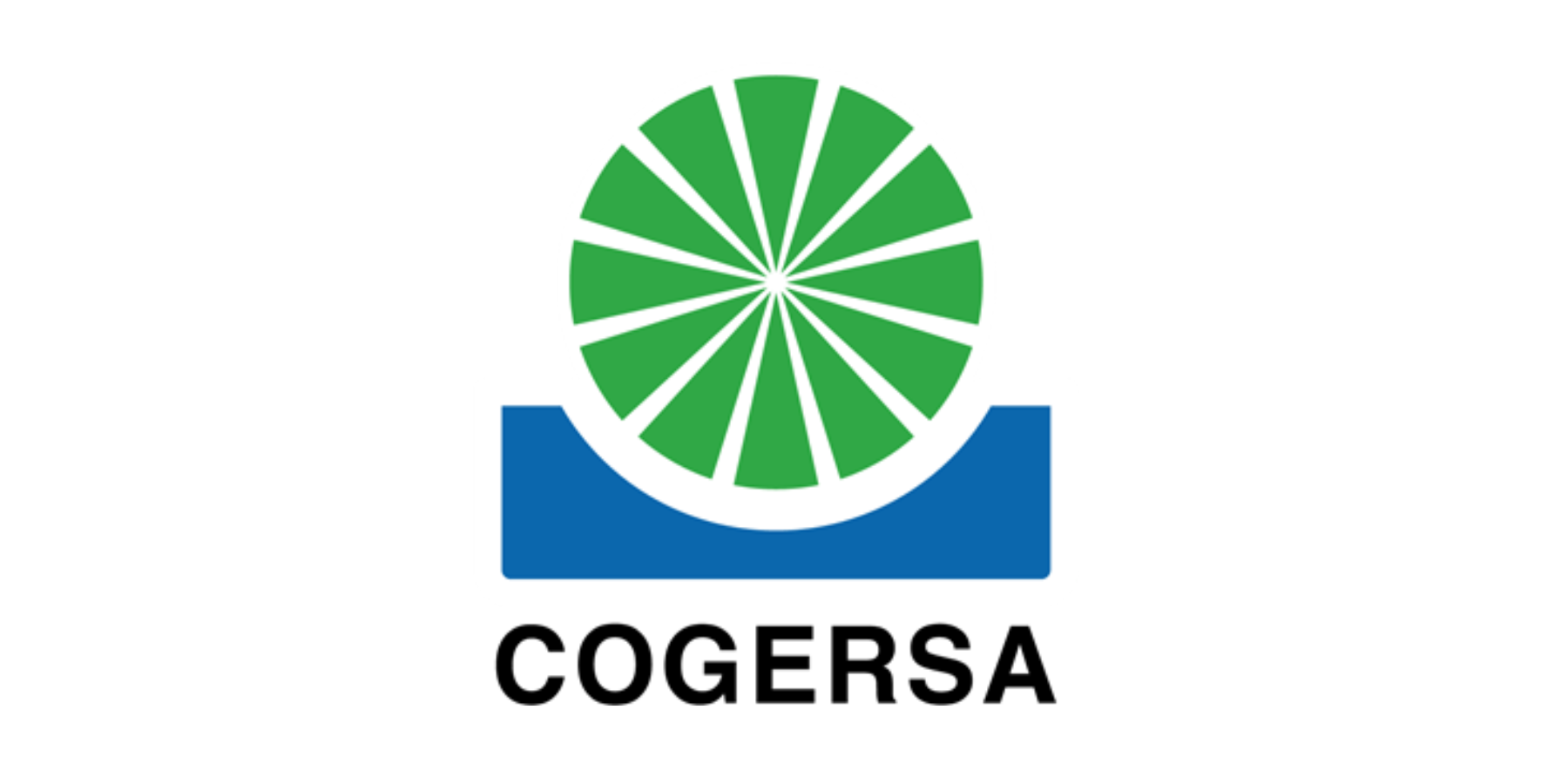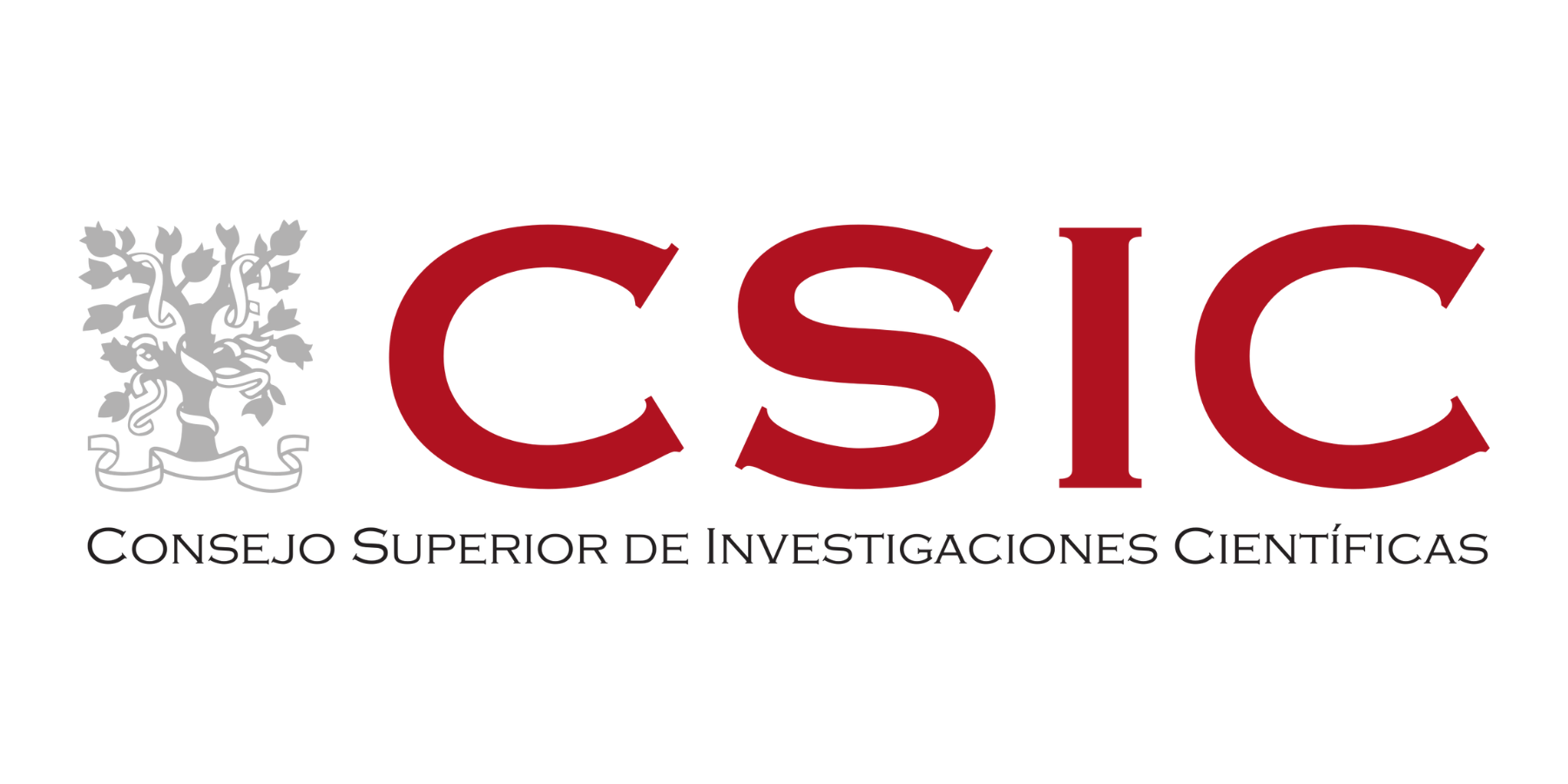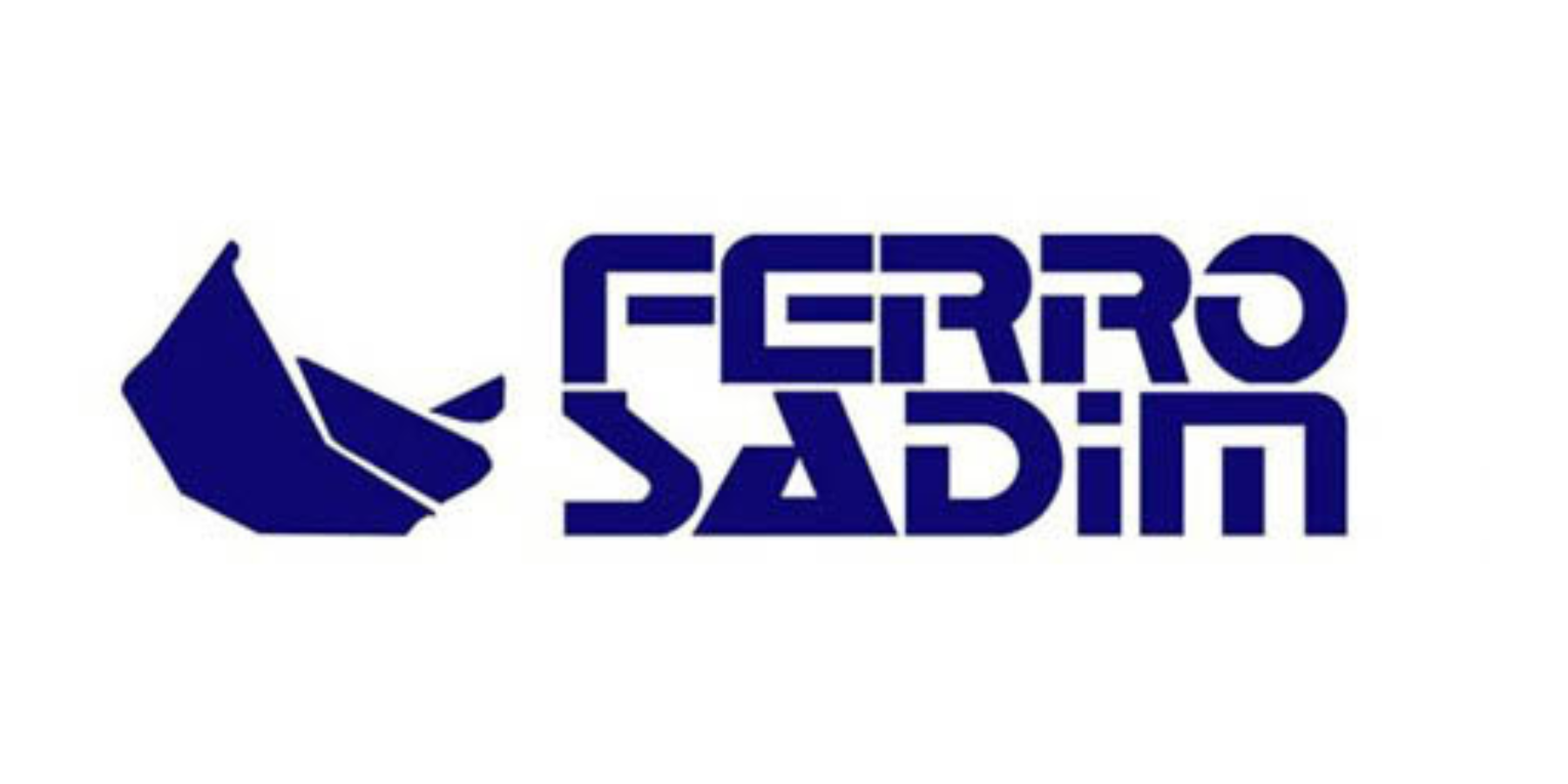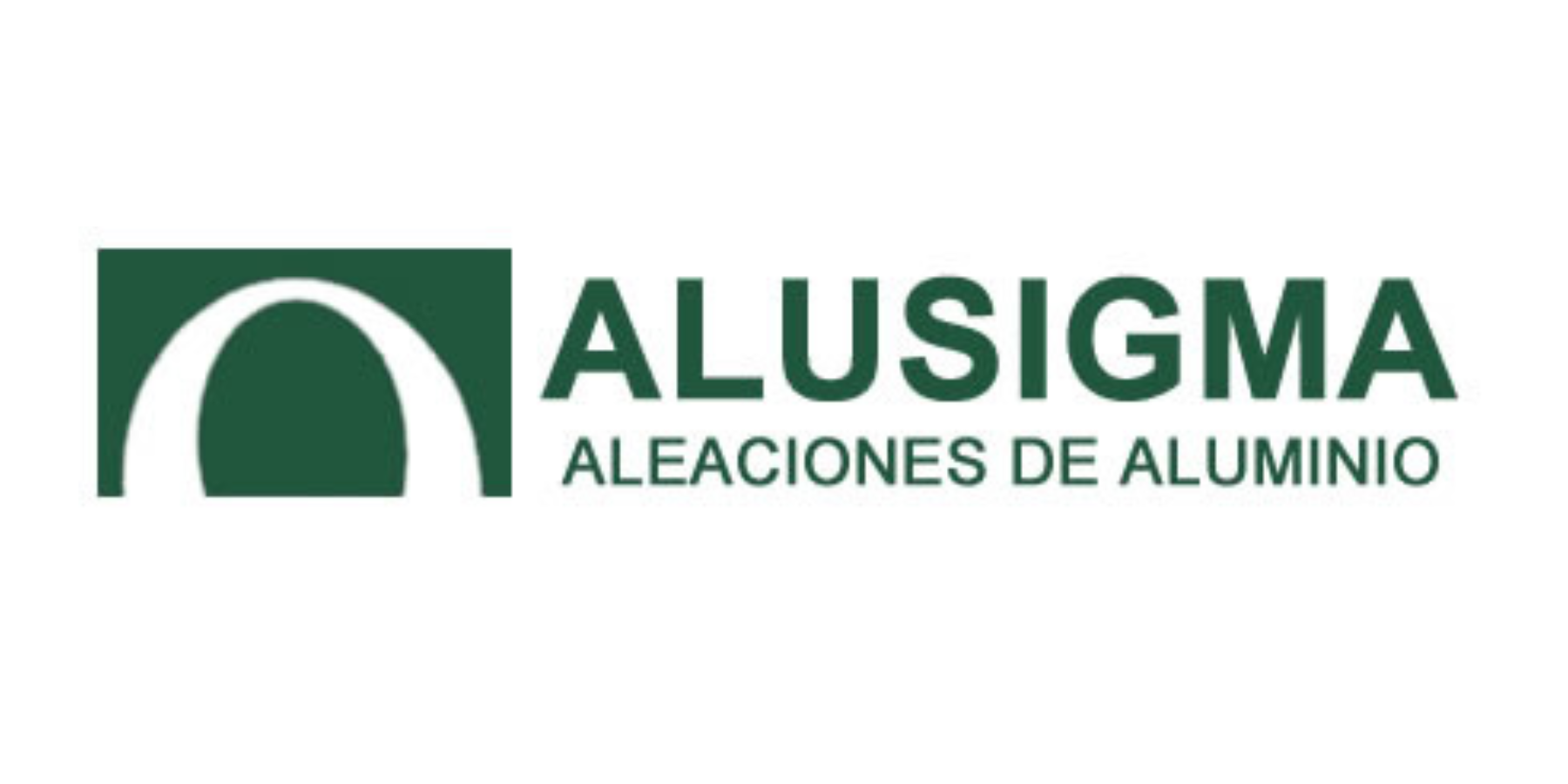Brine treatment & Recovery of subproducts
The hydrolysis of aluminium salt slag (Stage 1) produces brine with a high sodium (Na) and chlorine (Cl) content. One of the objectives of the Z-ONA4LIFE project is to design a “near-zero” waste process, considering the recovery of by-products from the brine.
The MEDES group at IETcc-CSIC conducted a comprehensive laboratory-scale study to identify the key variables in the process of recovering sodium carbonate (Na2CO3) and calcium chloride (CaCl2). The study assessed the impact of various experimental parameters, such as temperature, time, reagent concentration and pH, on the efficiency of the process and the quality of the resulting products.
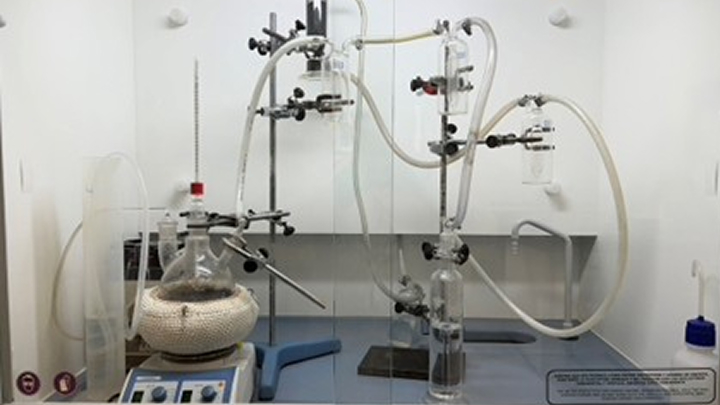
Recovery of by-products from brine
This study is particularly relevant because both sodium carbonate and calcium chloride are included in the Best Available Techniques Reference Documents (BREF), which is the European reference for the Large Volume Inorganic Chemicals (LVIC). Sodium carbonate is one of the five “cornerstone” products and calcium chloride is one of the seventeen “representative” products due to their importance to the EU chemical industry and its economic growth.
